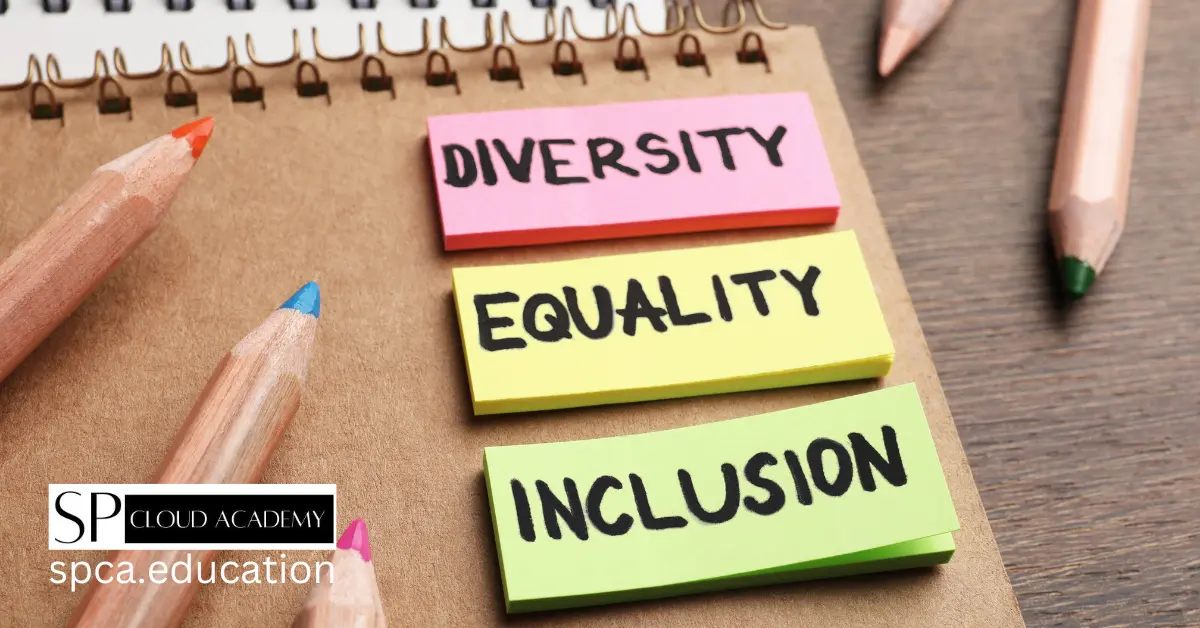In the ongoing discourse surrounding education, the terms “equality” and “equity” are often used interchangeably, yet they represent fundamentally different approaches to achieving fairness and inclusion. While both aim to create a better learning environment for all students, understanding their distinctions is not just semantic — it’s the hidden key to unlocking truly inclusive classrooms. This comprehensive article delves into the nuances of equality and equity in educational settings, exploring why a shift from a purely equal approach to an equitable one is paramount for fostering an environment where every student, regardless of their background or circumstances, can thrive.
The Foundation: Defining Equality in Education
At its core, equality in education means providing every student with the exact same resources and opportunities. It’s the idea that if everyone gets the same thing, then everyone has an equal chance to succeed. Imagine a classroom where every student receives the same textbook, the same amount of time for an assignment, and access to the same general instruction. On the surface, this seems fair and just. The principle of equality is often rooted in the belief that uniformity creates a level playing field, ensuring no student is overtly disadvantaged by receiving less than another.
Historically, the push for equality in education has been a vital movement, challenging segregation and advocating for universal access to schooling. Landmark decisions and policies have aimed to dismantle overt barriers, ensuring that all children, regardless of race, gender, or socioeconomic status, have a right to attend school and receive an education. This foundational work was crucial in establishing the basic rights to education that many now take for granted. It addressed widespread, systemic denials of access and resources, marking significant progress in the journey toward a more just society. The emphasis was on breaking down legal and institutional barriers that explicitly prevented certain groups from accessing education.
However, the limitation of a purely equal approach becomes evident when we consider the diverse realities students bring into the classroom. While everyone might get the same pair of shoes, what if some students have different foot sizes or are missing a limb? The uniform provision, while well-intentioned, fails to account for varying needs and starting points. This is where the concept of equality, while a necessary first step, reveals its inherent limitations in achieving true inclusivity. It addresses the “what” but not necessarily the “how” or the “who.”
Beyond Sameness: Understanding Equity in Education
Equity, in contrast to equality, recognizes that not all students start from the same place or have the same needs. It’s about providing each student with what they individually need to succeed, understanding that “fair” doesn’t always mean “same.” If equality is about giving everyone a pair of shoes, equity is about giving everyone shoes that fit and help them run their best race. This often means providing differentiated resources, support, and opportunities tailored to address specific disadvantages or to leverage unique strengths.
Consider a classroom where some students might have learning disabilities, others might be English language learners, some may come from homes with limited resources, while others face emotional challenges. An equitable approach would not treat these students identically. Instead, it would provide a student with dyslexia access to specialized reading software, offer an English language learner additional language support, ensure a student from a low-income family has access to school supplies and nutritious meals, and provide counseling services for a student experiencing emotional distress. The goal is to level the playing field by adjusting the supports to meet individual needs, ultimately aiming for equal outcomes, not just equal inputs.
The shift towards equity acknowledges the complex interplay of socio-economic factors, cultural backgrounds, individual learning styles, and systemic biases that impact a student’s educational journey. It’s a proactive stance that seeks to identify and dismantle barriers that disproportionately affect certain groups of students, ensuring they have genuine opportunities to thrive. This doesn’t mean lowering standards for some; it means providing the necessary scaffolding and personalized pathways so that all students can reach high standards. Equity is not just about compensating for disadvantages; it’s also about recognizing and valuing diverse perspectives and experiences, integrating them into the curriculum and classroom culture to enrich the learning environment for everyone. It moves beyond a one-size-fits-all model to a more nuanced, responsive, and ultimately more effective educational strategy.
The Visual Analogy: Why “Same” Isn’t Always “Fair”
One of the most powerful ways to understand the difference between equality and equity is through visual analogies. Imagine three children of different heights trying to watch a baseball game over a fence.
Scenario 1: Equality
In the first scenario, representing equality, each child is given one identical box to stand on. The tallest child, who could already see over the fence, now sees even better. The medium-height child, who might have struggled before, can now just barely see. But the shortest child, even with the box, still cannot see over the fence. While everyone received the “same” resource, the outcome is not equal; some still cannot participate fully. This illustrates that providing identical resources doesn’t necessarily address pre-existing disparities in ability or circumstance, leaving some individuals still excluded or disadvantaged. The “fairness” is in the distribution of the input, not in the resulting access or outcome.
Scenario 2: Equity
In the second scenario, representing equity, the resources are distributed according to need. The tallest child, who can see without any aid, receives no box. The medium-height child receives one box, allowing them to see comfortably. The shortest child receives two boxes, enabling them to see over the fence just as well as the others. Here, the distribution of resources is unequal (in terms of quantity of boxes), but the outcome is equitable: all three children can now enjoy the game. This powerful visual demonstrates that true fairness often requires a differentiated approach, acknowledging and addressing varying needs to ensure everyone has an equal opportunity to succeed or participate. It highlights that an equitable approach focuses on achieving a fair outcome, even if the means to get there are not identical for everyone.
Scenario 3: Systemic Barrier Removal (True Inclusion)
This third scenario goes beyond individual adjustments and addresses the root cause of the problem. Instead of providing boxes, the systemic barrier—the solid wooden fence—is replaced with a transparent chain-link fence, or perhaps a section of the fence is lowered. Now, all three children, regardless of their height, can see the game without any additional support. This represents true inclusion, where the environment itself is designed to be accessible to everyone, eliminating the need for individual accommodations. This ideal state is what educators should ultimately strive for, moving from reactive equity measures to proactive systemic changes that foster inherent inclusivity.
These analogies clearly illustrate that while equality aims for sameness in provision, equity aims for sameness in outcome by acknowledging and addressing differing needs. The ultimate goal, however, is to move towards systemic changes that remove barriers altogether, creating a truly inclusive environment where such individual accommodations become less necessary. This deeper level of understanding is crucial for educators striving to build classrooms where every student genuinely belongs and can flourish.
The Hidden Disadvantages of a Purely Equal Approach
While the intention behind equality in education is noble, a strict adherence to providing everyone with the exact same resources can inadvertently perpetuate and even exacerbate existing inequalities. The “hidden disadvantages” stem from a failure to acknowledge the diverse starting points and ongoing challenges that students bring into the classroom.
For instance, consider two students receiving the same homework assignment. One student has a quiet home environment with readily available internet access, a dedicated workspace, and parents who can assist if needed. The other student lives in a crowded, noisy apartment, shares a single device with siblings, and their parents work multiple jobs and are unavailable for help. Providing both students with the “equal” assignment without considering their home circumstances creates an unequal burden. The latter student faces significant hurdles that the former does not, making the “equal” assignment far more challenging and potentially discouraging.
Similarly, an English language learner might receive the same complex textbook as their native English-speaking peers. While technically “equal,” this approach ignores the linguistic barrier that makes the content inaccessible to the ELL student, effectively denying them equal access to the curriculum. Students with learning disabilities, without appropriate accommodations like extended time, specialized tools, or alternative assessment methods, will struggle to demonstrate their knowledge using the same methods as their neurotypical peers. The “equal” method of assessment, in this context, becomes a barrier to showcasing their true understanding.
Furthermore, a purely equal approach can overlook the impact of historical and systemic biases. Students from marginalized communities often carry the burden of implicit biases, stereotype threat, and a lack of representation in curriculum and teaching staff. Simply providing the same textbooks or lessons without addressing these deeper issues can alienate these students, making school feel less relevant or even hostile. The assumption that everyone starts on a level playing field is a fundamental flaw of a purely equal approach, leading to a system where those with inherent advantages continue to pull ahead, while those facing disadvantages fall further behind, despite receiving the “same” resources. This is why equity is not just a preferable approach, but a necessary one to truly level the playing field.
Embracing Equity: Strategies for Inclusive Classrooms
Moving from a mindset of equality to one of equity requires a fundamental shift in how educators perceive student needs and design learning experiences. Embracing equity means actively working to remove barriers and provide tailored support so that every student has a genuine opportunity to succeed. Here are key strategies for fostering equitable and inclusive classrooms:
Differentiated Instruction: This is perhaps the cornerstone of equitable teaching. It involves tailoring teaching methods, content, and assessments to meet the diverse needs of students. This could mean providing materials at different reading levels, offering choices in how students demonstrate their learning (e.g., written essay, oral presentation, artistic project), or adjusting the pace of instruction. Differentiated instruction acknowledges that a one-size-fits-all approach rarely works, and that students learn best when instruction aligns with their individual learning styles, readiness levels, and interests.
Universal Design for Learning (UDL): UDL is a framework that guides the design of learning environments and instructional activities to make them accessible for all learners. Instead of retrofitting accommodations, UDL proactively builds flexibility into the curriculum from the outset. It emphasizes providing multiple means of engagement (why students learn), multiple means of representation (what students learn), and multiple means of action and expression (how students learn). For example, providing information in visual, auditory, and textual formats simultaneously, or offering various tools for composition and problem-solving, ensures that a wider range of students can access and engage with the content effectively.
Culturally Responsive Teaching (CRT): CRT recognizes and values the diverse cultural backgrounds, experiences, and languages that students bring to the classroom. It involves incorporating students’ cultural references into all aspects of learning, from curriculum content to classroom management strategies. By making learning relevant and meaningful to students’ lives, CRT boosts engagement, academic achievement, and a sense of belonging. This might include using texts from diverse authors, discussing current events from multiple cultural perspectives, or inviting family members to share their traditions and knowledge.
Flexible Grouping: Rather than consistently grouping students by perceived ability, flexible grouping strategies allow students to work in various configurations (e.g., pairs, small groups, whole class) based on specific learning objectives, tasks, or interests. This approach prevents students from being perpetually labeled and allows them to benefit from different peer interactions and instructional supports. It ensures that students who might struggle in one area can shine in another, fostering a more dynamic and supportive learning environment.
Addressing Socioeconomic Barriers: Beyond pedagogical adjustments, equitable classrooms also address the practical needs that impact learning. This includes ensuring access to school supplies, nutritious meals, warm clothing, and technology. Schools can partner with community organizations, establish resource closets, or implement programs that discreetly support students from low-income backgrounds. Recognizing that a hungry or cold child cannot learn effectively is a crucial aspect of an equitable approach.
Ongoing Assessment and Feedback: Regular, formative assessment allows teachers to continuously monitor student progress and adjust instruction as needed. Equitable assessment practices move beyond traditional tests to include portfolios, presentations, and performance tasks, providing multiple avenues for students to demonstrate their understanding. Constructive and timely feedback, focused on growth and learning, is also vital in guiding students toward mastery, rather than simply labeling them as successes or failures.
Implementing these strategies requires a commitment to understanding each student as an individual, embracing flexibility, and continually reflecting on teaching practices. It’s an ongoing journey, but one that ultimately leads to more inclusive, effective, and truly empowering learning environments for all.
The Role of Data in Driving Equitable Practices
In the pursuit of truly inclusive classrooms, data plays an indispensable role. It moves equity from an abstract concept to a concrete, actionable strategy by revealing existing disparities, tracking progress, and identifying areas where additional support is most needed. Without robust data collection and analysis, even the most well-intentioned equity initiatives can fall short, failing to address the specific needs of the students they aim to serve.
Identifying Disparities: Data allows educators to pinpoint achievement gaps that might be masked by overall school averages. For example, while a school’s average graduation rate might appear high, disaggregated data could reveal significantly lower rates for students of a particular racial background, socioeconomic status, or with specific learning needs. This granular view helps identify which groups of students are being underserved and in what specific areas (e.g., reading proficiency, math scores, access to advanced coursework, disciplinary referrals). Such data shines a light on hidden inequities that a purely “equal” approach might overlook.
Targeted Interventions: Once disparities are identified, data can guide the development and implementation of targeted interventions. If data shows a significant number of English language learners struggling with science vocabulary, the school can allocate resources to provide specialized vocabulary instruction, visual aids, or bilingual support in science classes. If students from a particular neighborhood have consistently lower attendance rates, data can prompt an investigation into transportation issues, family engagement strategies, or community partnerships. This data-driven approach ensures that resources are directed where they will have the greatest impact, moving beyond a blanket approach to provide precise, equitable support.
Monitoring Progress and Evaluating Impact: Equity is not a one-time fix; it’s an ongoing process. Data provides the means to monitor the effectiveness of equitable practices over time. Are the interventions making a difference? Are achievement gaps narrowing? Are all students demonstrating growth? By tracking key metrics, educators can evaluate the impact of their strategies, celebrating successes and adjusting approaches that are not yielding the desired results. This iterative process of data collection, analysis, intervention, and evaluation is crucial for continuous improvement and ensuring that equity efforts remain responsive to student needs.
Promoting Accountability and Transparency: Data also fosters accountability. When schools publicly share disaggregated data, it creates transparency around student outcomes and can motivate stakeholders to address inequities. It can prompt discussions among teachers, administrators, parents, and community members about what is working and what needs to change. This collective ownership, informed by data, strengthens the commitment to equitable outcomes for all students.
Beyond Standardized Test Scores: While standardized test scores are one form of data, a comprehensive data-driven approach to equity extends much further. It includes attendance rates, disciplinary referrals, participation in extracurricular activities, access to advanced placement courses, student surveys on school climate and belonging, and qualitative data from interviews and focus groups. A holistic view of data helps to understand the full spectrum of a student’s experience and identify non-academic barriers to success. By embracing a data-informed culture, educational institutions can move strategically towards creating classrooms where equity is not just an aspiration but a measurable reality, ensuring every student has the optimal conditions to learn and thrive.
Overcoming Challenges: Resistance and Misconceptions
The journey toward equitable classrooms is not without its hurdles. Educators and school systems often encounter resistance and grapple with common misconceptions that can impede progress. Understanding these challenges is the first step toward effectively addressing them and fostering a culture of equity.
Misconception 1: “Equity means lowering standards.” This is perhaps one of the most pervasive and damaging misconceptions. Critics often fear that providing differentiated support or accommodations means making learning easier for some students, thereby diluting academic rigor. In reality, equity is about providing all students with the necessary support to meet high standards, not lowering the standards themselves. It’s about ensuring every student has the tools to climb the mountain, not flattening the mountain. For example, providing a student with a reading disability access to an audio version of a complex text doesn’t lower the expectation that they comprehend and analyze that text; it simply removes a barrier to accessing the content.
Misconception 2: “Equity is unfair to high-achieving students.” Some argue that focusing on equity diverts resources or attention away from students who are already excelling. This creates a false dichotomy, implying that supporting one group of students comes at the expense of another. An equitable approach recognizes that all students have unique needs, including high-achievers who may require enrichment, advanced opportunities, or challenges that go beyond the standard curriculum. Equity is about providing everyone with what they need to reach their full potential, which includes ensuring that gifted students are also appropriately challenged and supported to prevent boredom or disengagement.
Misconception 3: “We already treat everyone equally, so we’re fine.” This belief stems from a misunderstanding of the difference between equality and equity. As discussed, treating everyone the same when they have different starting points actually perpetuates inequality. This mindset often reflects an unconscious bias or a lack of awareness regarding the systemic barriers and individual challenges that some students face. Overcoming this requires ongoing professional development, critical self-reflection, and a willingness to examine data that might reveal uncomfortable truths about disparities within the classroom or school.
Resistance to Change: Shifting from established practices to more equitable ones can be challenging. It often requires educators to reconsider long-held beliefs, adapt their teaching methods, and invest time in learning new strategies. This change can feel overwhelming, especially for overburdened teachers. Resistance can also come from parents who are accustomed to traditional educational models or who fear that equitable practices will negatively impact their own children’s education.
Resource Constraints: Implementing equitable practices often requires additional resources—more specialized staff, updated technology, culturally relevant materials, smaller class sizes, or professional development opportunities. Schools, particularly those in underfunded districts, may struggle to acquire these resources, making equitable implementation a significant challenge.
Lack of Training and Understanding: Many educators may lack formal training in culturally responsive pedagogy, differentiated instruction, or the principles of UDL. Without adequate professional development, even those willing to embrace equity may not have the necessary tools or knowledge to implement it effectively.
Addressing these challenges requires a multi-faceted approach: continuous professional development that builds capacity and shifts mindsets, clear communication with all stakeholders about the goals and benefits of equity, transparent data sharing to illustrate the need for change, and advocacy for increased resources to support equitable initiatives. By proactively tackling these resistances and clarifying misconceptions, schools can pave a smoother path toward truly inclusive and equitable learning environments.
The Broader Impact: Equity Beyond the Classroom Walls
The principles and practices of equity in education extend far beyond the immediate confines of the classroom, shaping not only individual student trajectories but also influencing communities and society at large. An equitable education system is a powerful catalyst for social mobility, economic development, and civic engagement, creating a ripple effect that benefits everyone.
Breaking Cycles of Poverty: For many students, especially those from low-income backgrounds, education is the most significant pathway out of poverty. An equitable education system ensures that these students receive the necessary support to overcome socioeconomic barriers, acquire essential skills, and access higher education or meaningful employment. By providing tailored resources and opportunities, equity can break intergenerational cycles of poverty, empowering individuals to achieve economic independence and contribute to the prosperity of their communities.
Fostering Civic Engagement and Social Justice: Classrooms that embrace equity often cultivate a deeper understanding of social justice issues, diversity, and inclusion. Students learn to recognize and challenge inequities, develop empathy for others’ experiences, and become active, informed citizens. An equitable education encourages critical thinking about societal structures and empowers students to advocate for positive change, contributing to a more just and democratic society. They learn the value of diverse perspectives and the importance of ensuring fairness for all, skills that are crucial for effective civic participation.
Economic Development and Innovation: A well-educated populace is the backbone of a thriving economy. When all students, regardless of their background, receive an equitable education, they are better prepared to enter the workforce with the skills, knowledge, and critical thinking abilities needed for 21st-century jobs. This expands the talent pool, fosters innovation, and strengthens a nation’s competitive edge. By unlocking the full potential of every student, equity directly contributes to economic growth and societal advancement.
Building Cohesive Communities: Inclusive schools that celebrate diversity and promote equity help to build more cohesive and understanding communities. When students from various backgrounds learn together in an environment where their identities are valued and their needs are met, they develop mutual respect and empathy. This early exposure to diversity in a supportive setting can reduce prejudice, foster cross-cultural understanding, and build stronger social bonds that extend beyond the school gates into the wider community.
Promoting Health and Well-being: Research consistently shows a strong link between education levels and health outcomes. Individuals with higher levels of education tend to have better access to healthcare, healthier lifestyles, and longer life expectancies. By ensuring an equitable education for all, society can improve public health outcomes, reduce health disparities, and enhance the overall well-being of its population.
In essence, investing in educational equity is an investment in a more just, prosperous, and harmonious society. It’s about creating a future where every individual has the chance to reach their full potential, contributing their unique talents and perspectives to the collective good. The classroom, therefore, becomes a crucial laboratory for building a better world, one equitable learning experience at a time. The shift from equality to equity is not merely an educational reform; it is a societal imperative, crucial for the flourishing of individuals and the strength of communities.
Conclusion: The Path Forward to Truly Inclusive Classrooms
The distinction between equality and equity is not merely academic; it is the cornerstone of building truly inclusive and effective classrooms. While equality provides a foundational promise of sameness in provision, equity recognizes the complex realities of diverse student needs and strives for fairness in outcomes. It moves us beyond a one-size-fits-all mentality to a nuanced, responsive approach that empowers every student to thrive.
The journey toward equitable classrooms requires a commitment from all stakeholders: educators, administrators, policymakers, parents, and communities. It demands a willingness to critically examine existing practices, challenge unconscious biases, and leverage data to identify and address disparities. Strategies such as differentiated instruction, Universal Design for Learning, culturally responsive teaching, and targeted interventions are not just pedagogical preferences; they are essential tools for dismantling systemic barriers and creating learning environments where every child feels valued, supported, and capable of achieving their highest potential.
Embracing equity means understanding that true fairness doesn’t always look equal. It means providing students with the specific resources and supports they need, even if those resources differ from one student to another. The ultimate goal, as illustrated by the fence analogy, is to move towards systemic changes that remove barriers altogether, creating inherently inclusive environments where individual accommodations become less necessary. This vision of education is not just about academic achievement; it’s about fostering critical thinkers, empathetic citizens, and empowered individuals who can contribute meaningfully to a just and prosperous society.
The hidden key to truly inclusive classrooms lies in this profound understanding and unwavering commitment to equity. By choosing equity, we choose to invest in the unique potential of every student, paving the way for a more just, innovative, and hopeful future for all. It’s a challenging path, but one that promises profound and lasting benefits, not just for individual learners, but for the entire fabric of our communities and the world.
See Also
-
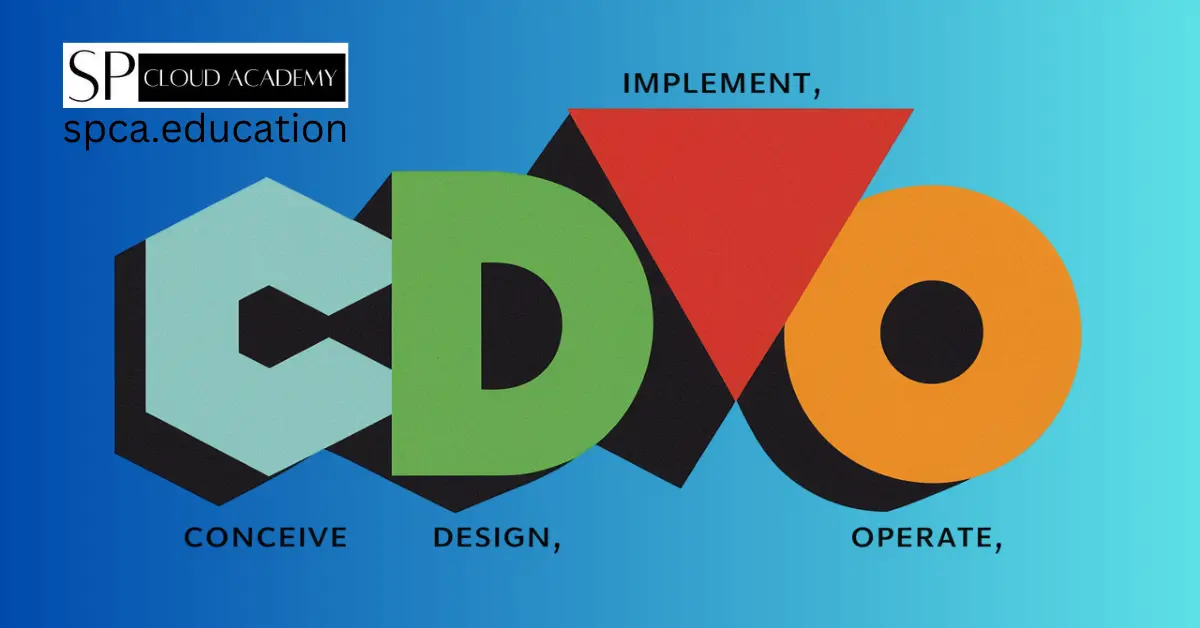
CDIO Framework Explained: Revolutionizing Engineering Education for the Future
-

Revolutionize the Way You Think with These Game-Changing Mind Mapping Tools
-
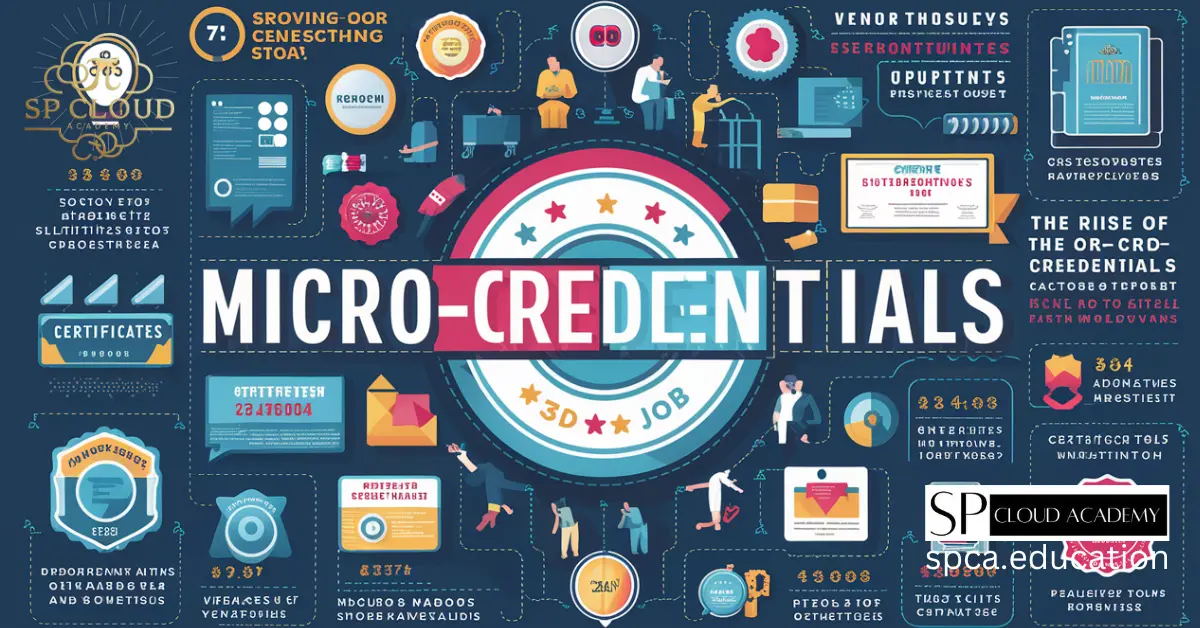
The Rise of Micro-Credentials: What You Need to Know
-

The Power of Professional Communities: Why Joining One Can Transform Your Life
-
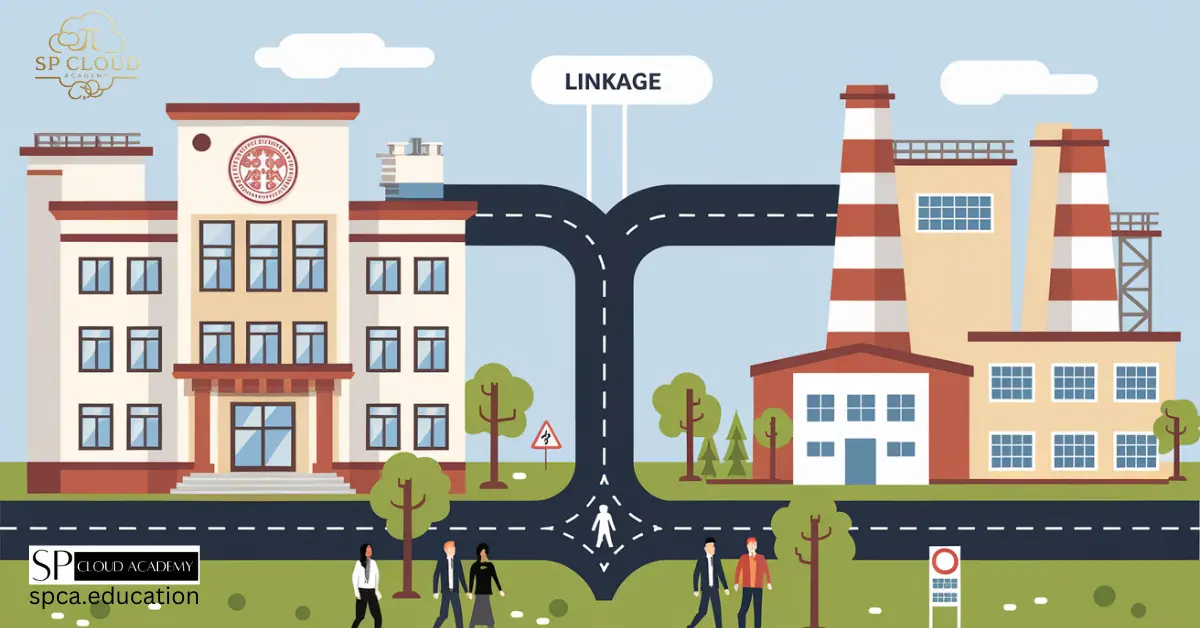
Industry-Academia Collaboration: A Gateway to Unlocking Career Opportunities
-

Unlocking Success: How the OKR Framework Can Transform Your Business
-
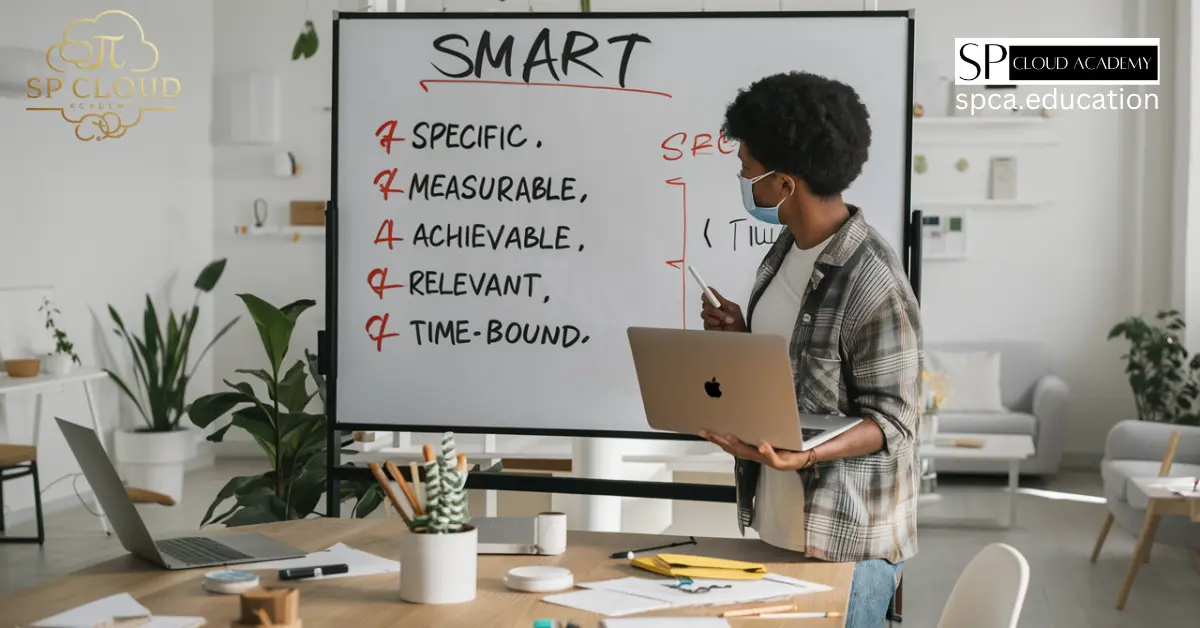
SMART Rules: A Complete Guide to Goal Setting and Achieving Success
-

Google Books: Unlocking a World of Knowledge at Your Fingertips
-
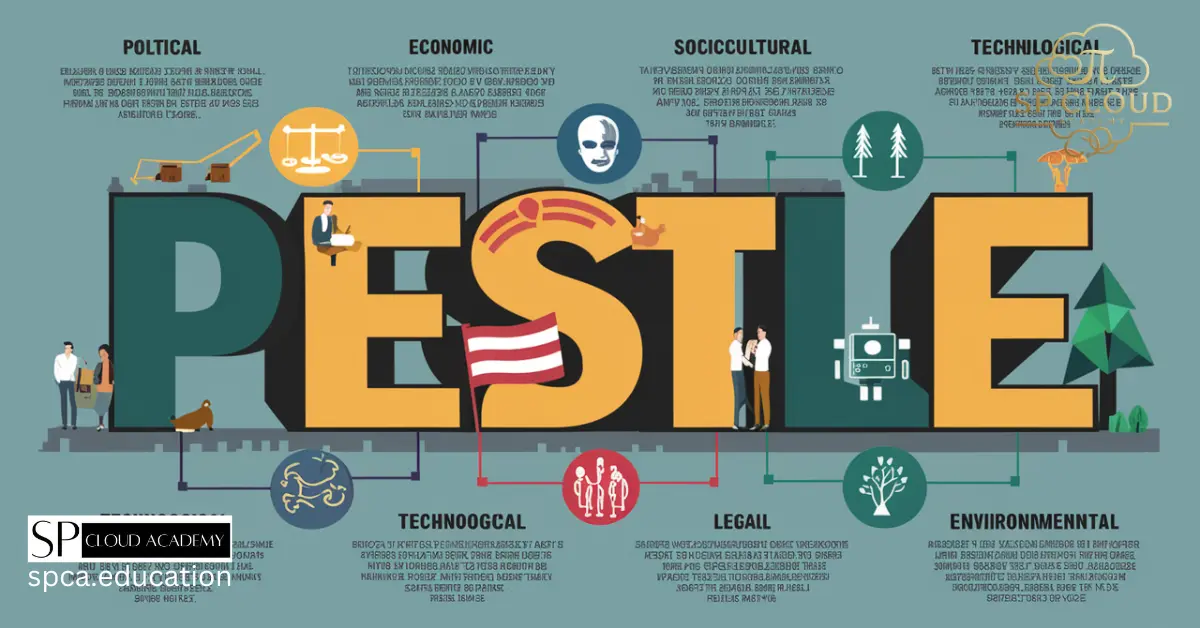
PESTLE Analysis: A Game-Changer for Modern Businesses
